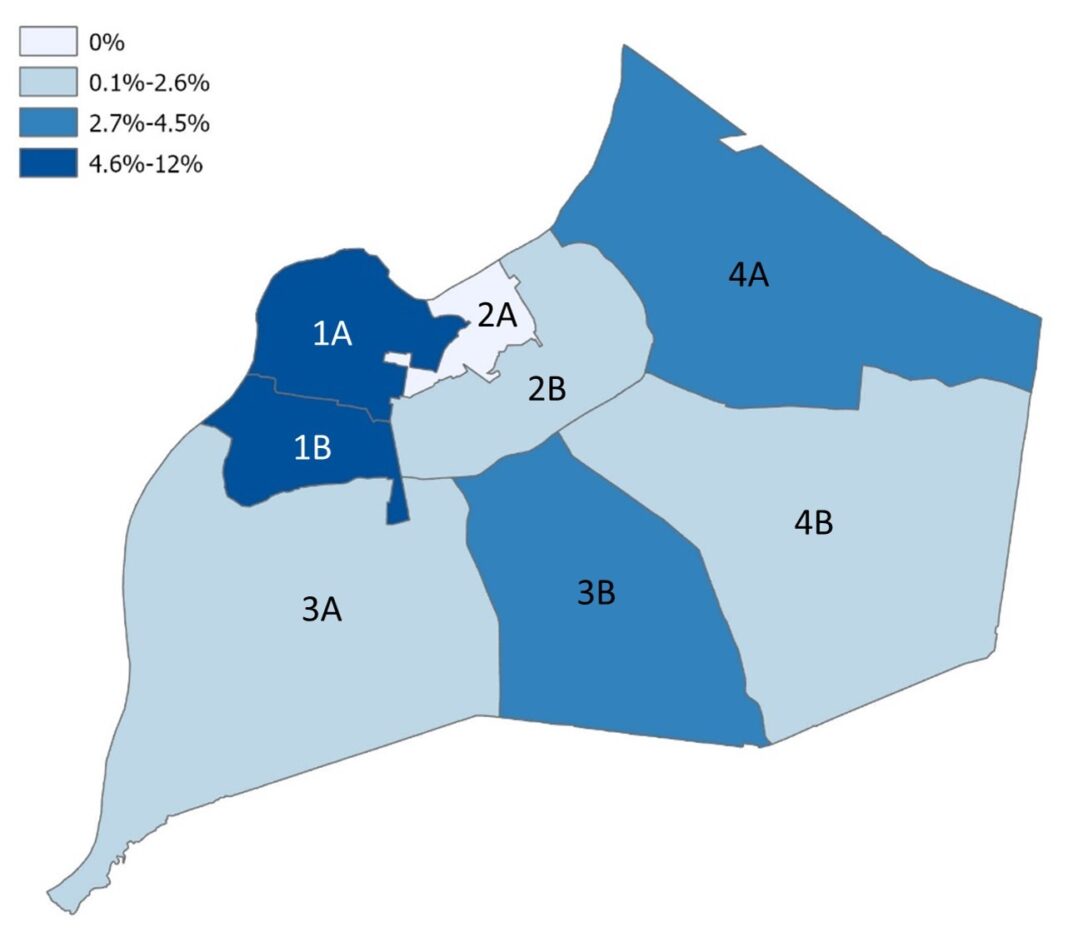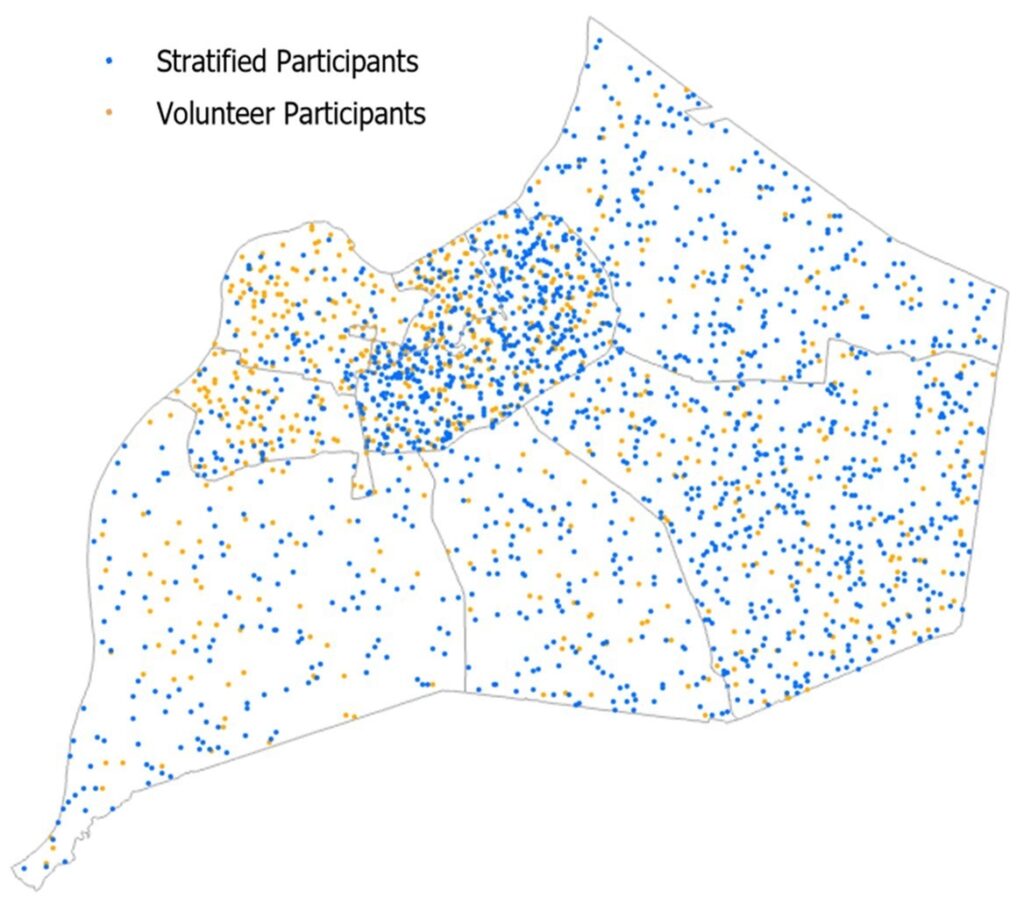
Results from the ongoing Co-Immunity Project at the University of Louisville’s Christina Lee Brown Envirome Institute show high levels of coronavirus infections in Metro Louisville. These results confirm previous findings, indicating that 30,000 to 40,000 people may have been exposed to the virus in Jefferson County since the beginning of the pandemic and that the rate of infection is higher in West Louisville than in other neighborhoods.
“These findings confirm our previous results that coronavirus infections have been more prevalent in our community than previous testing would suggest. We estimate that nearly 34,000 individuals (between 21,470 and 52,900) may have been exposed to the virus – a number much higher than the 17,516 cases reported in the city by the end of September,” said Aruni Bhatnagar, director of the UofL Christina Lee Brown Envirome Institute.
The Co-Immunity Project is a unique series of studies to estimate the true prevalence of SARS-CoV-2, the virus causing COVID-19, in Jefferson County by testing a representative sample of individuals from different areas in the city in proportion to the age and race of the population of the area every eight weeks. The approach adopted by study investigators provides a more reliable estimate of the spread of coronavirus infection in different parts of the city than simply testing whomever comes forward to be tested.
The random sampling of different neighborhoods also allows the team to identify areas with high prevalence of infection. Their results show that the rate of infection is 10 to 12% in western Jefferson County but 2 to 4% in other parts of the county.
“This marked disparity between the rates of infection in different parts of the city is sobering,” Bhatnagar said. “It should persuade us to engage community leaders about prevention and testing as well as to devote a greater proportion of resources for testing, prevention and treatment of COVID-19 in West Louisville neighborhoods.”
In the most recent effort to obtain a uniform sample of city residents, investigators at the UofL Brown Envirome Institute mailed 32,000 letters to households across the city. They followed up the invitation letters with post card reminders, some delivered to the doors of invitees in person.
Between Sept. 9 and Sept. 19, the team tested 2,208 individuals at seven different community drive-up locations for both the presence of the virus in participants’ nasal swabs and for antibodies against the virus in their blood, indicating a previous infection. Samples were analyzed at UofL’s Regional Biocontainment Laboratory by the Center for Predictive Medicine for Biodefense and Emerging Infectious Disease.
Invitations were sent to individuals selected using addresses derived from U.S. Census Bureau tract boundaries. The first step was to identify different geographic regions in the county and then sample in proportion to the total population in those areas. Within the regions, areas that had higher concentrations of non-whites were sampled at a higher rate to increase their representation. This sample selection ensured that households in all parts of the county were invited to participate in the study.
Households provided data on the adults in their household. Using these data, one adult was sampled from each household that responded. Adults were sampled differently within the household based on the age and sex of the adults in the household. The data collected from the sampled adults were adjusted to correspond to the population characteristics within each region within the county.
A total of 2,208 individuals were tested, 1,576 in response to the invitations and an additional 632 who booked their own appointments after hearing about the study in the news or on social media.

The study found that at least 0.2% participants had an active infection at the time of the study and nearly 4.4% (5.1 to 3.2%) people had detectable levels of antibodies in their blood, indicating they have been exposed to the virus earlier in the year.
“Comparing our results with the data provided by the city, it seems that more than half the number of infected individuals have not been tested,” said Rachel Keith, Ph.D., assistant professor of environmental medicine at UofL, who conducted the study. “Reasons for this discrepancy may be that many infected individuals may not have had any symptoms or may not have been tested due to access issues. I believe we have to do a better job in overcoming hesitations in testing, in encouraging testing and in testing individuals across different neighborhoods, even if they do not have any symptoms.”
The researchers are planning to repeat randomized coronavirus testing in Jefferson County in November.
This study was supported in part by the James Graham Brown Foundation, the City of Louisville, the Owsley Brown Family Foundation, Foundation for a Healthy Kentucky and others.

























